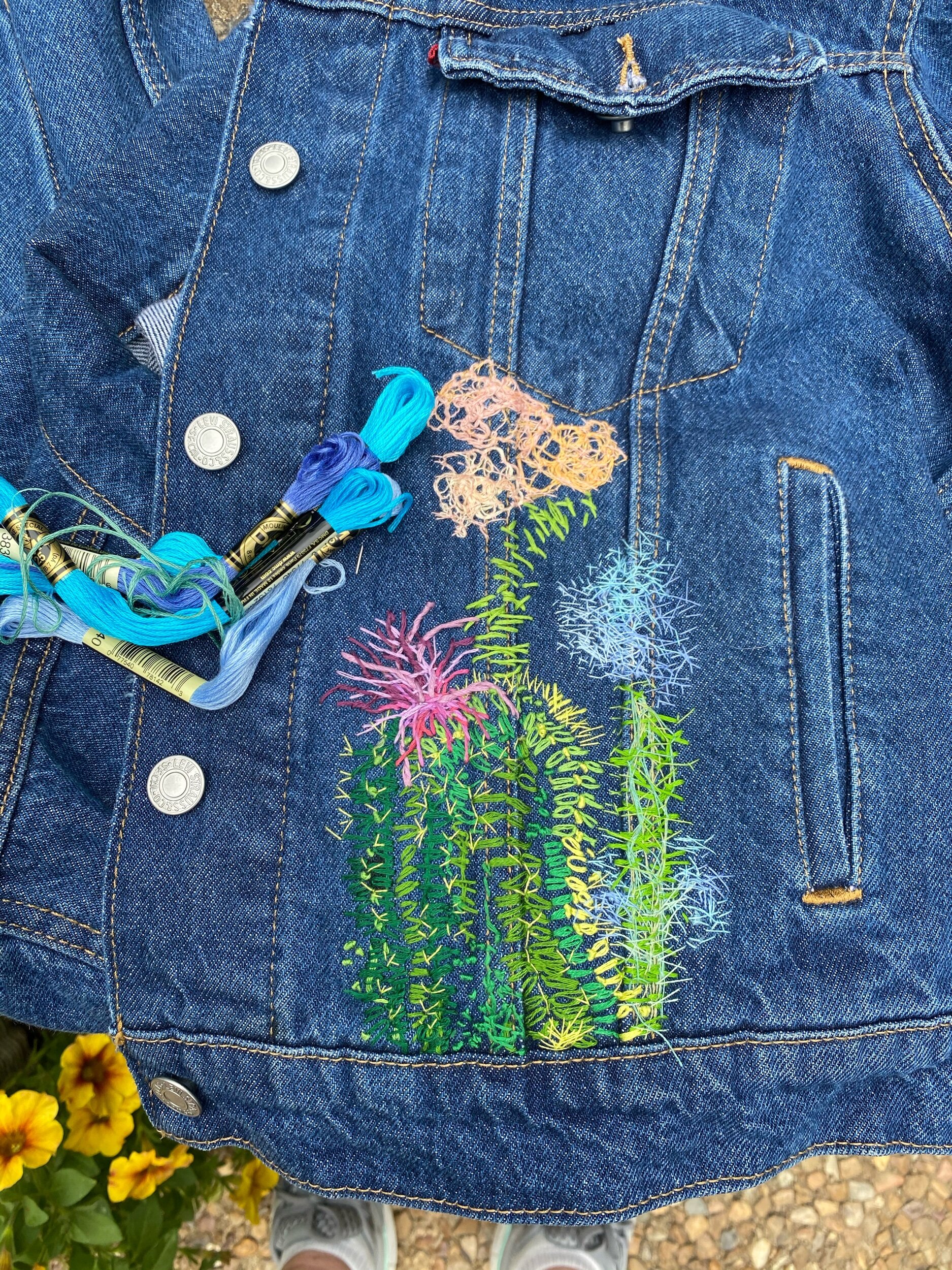I selected Osmia Illinoensis to add to Rumblings when I read
Osmia Illinoensis is a mason wild bee. It is a stingless, solitary bee whose territory was from Illinois to Texas. Over 25% of the 139 native mason bee species in North America are at risk; 14 have not been recorded for decades. There are two things you can do to help restore these tiny creatures that support the world's sustainable food production. Plant native plants 🌺 and grasses 🌾 while minimizing the use of pesticides 💦. Second buy local organic food and products 🥬🍅. buy local organic food and products 🥬🍅. buy local organic food and products 🥬🍅. buy local organic food and products 🥬🍅. buy local organic food and products 🥬🍅.
buy local organic food and products 🥬🍅. buy local organic food and products 🥬🍅. buy local organic food and products 🥬🍅. buy local organic food and products 🥬🍅. buy local organic food and products 🥬🍅. buy local organic food and products 🥬🍅.
Osmia Illinoensis
30” X 44” watercolor monotype.
Day two, #2 the ghost
I struggled with my technique capturing O. Illinoensis features, those tiny white hairs were impossible, the magnificent colors of the hard exoskeleton, all the while giving her life, movement and remembering to keep the watery effect that suggests the devastating impact chemicals are having on this tiny creature.
Day 3 caran d’ ache monotype
The ghost





















































